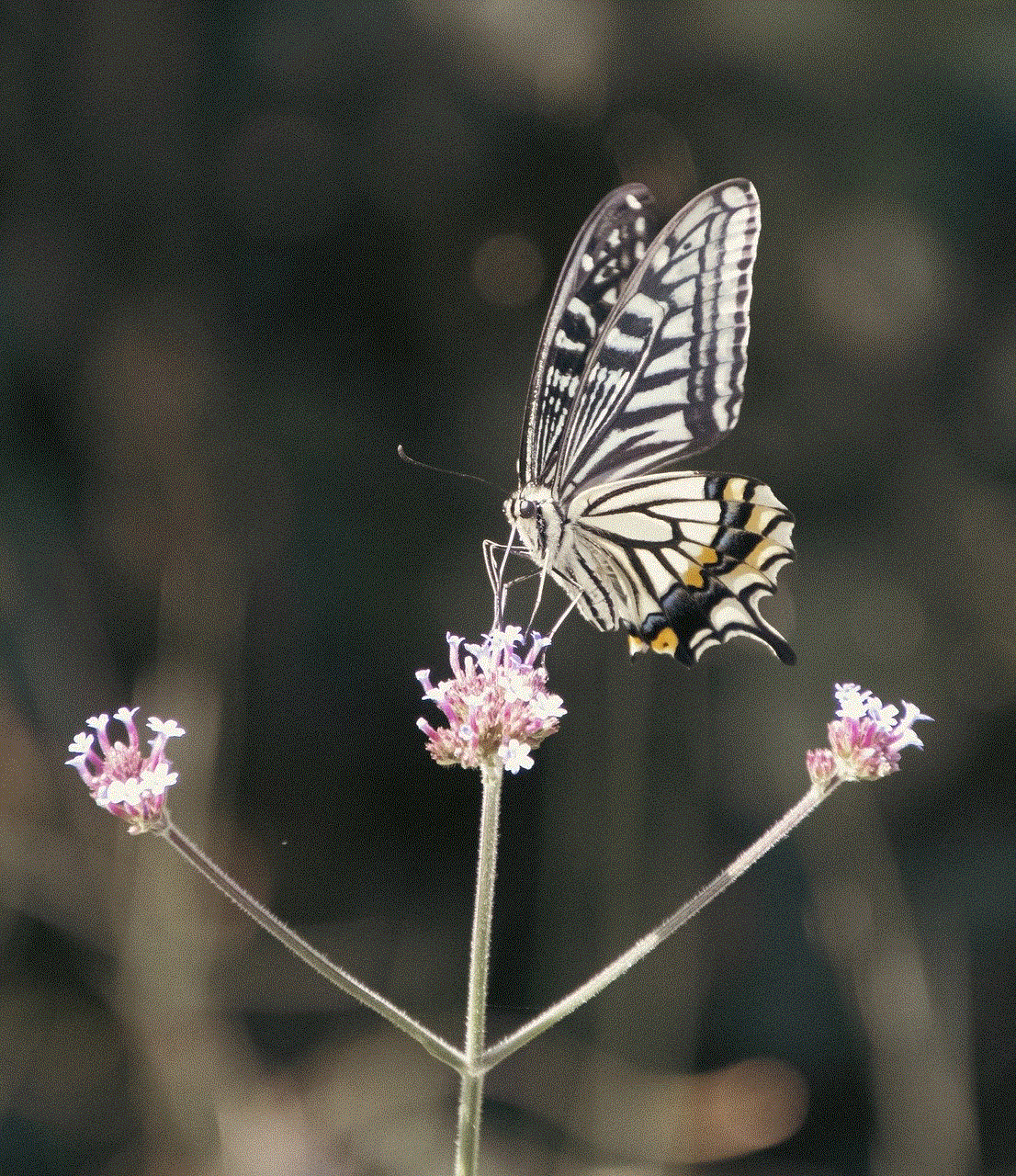rastrear iphone por imei
Title: Effective Ways to Track an iPhone Using IMEI: A Comprehensive Guide
Introduction:
In today’s digital age, smartphones have become an integral part of our lives. However, the rising cases of theft and loss of iPhones have created a need for effective tracking solutions. One such solution is tracking an iPhone using its IMEI (International Mobile Equipment Identity) number. In this article, we will explore the concept of tracking an iPhone through IMEI and discuss various methods and tools that can be employed for this purpose.
Paragraph 1: Understanding the IMEI
IMEI is a unique 15-digit code assigned to every mobile phone, including iPhones. It serves as a digital fingerprint for your device, allowing cellular networks and law enforcement agencies to identify and track the phone. This code can be found by dialing *#06# on the iPhone or by checking the device’s box or settings.
Paragraph 2: Legal Considerations
Before proceeding with tracking an iPhone using IMEI, it is important to understand the legal implications associated with this practice. While it is legal to track your own iPhone or a stolen device, tracking someone else’s device without their consent is illegal and considered a violation of privacy laws.
Paragraph 3: Reporting a Stolen iPhone
If your iPhone has been stolen or lost, the first step is to report the incident to the police and your mobile service provider. Provide them with the IMEI number, as it will help them in tracking and recovering your device. They can blacklist the IMEI, making it impossible for someone to use your iPhone with any cellular network.
Paragraph 4: Using iCloud’s Find My iPhone Feature
Apple’s Find My iPhone feature allows users to track their lost or stolen devices. To use this feature, ensure that it is enabled on your iPhone before it goes missing. Log in to iCloud on any device and access the Find My iPhone feature. Enter your Apple ID and password, and the location of your iPhone will be displayed on a map. This feature also allows you to remotely lock your device, display a custom message, or erase all data.
Paragraph 5: Tracking Through Third-Party Software
Several third-party software applications offer tracking services for lost or stolen iPhones. These apps require you to log in with your Apple ID and password, and they use the IMEI number to track the device’s location. Some popular tracking apps include Find My iPhone, Find My Device, and Prey Anti-Theft.
Paragraph 6: Contacting Your Service Provider
Another effective method to track an iPhone using IMEI is by contacting your service provider. They have access to the IMEI database and can track the location of your device. However, this method requires the cooperation of the service provider, and they might have certain limitations or procedures in place for tracking purposes.
Paragraph 7: The Role of Law Enforcement Agencies
Law enforcement agencies play a crucial role in tracking stolen iPhones using IMEI. They have the tools and resources to access the IMEI database and track the device’s location. In cases of theft or loss, it is advisable to report the incident to the police as soon as possible, providing them with the IMEI number and any other relevant details.
Paragraph 8: IMEI Tracking Websites
Several online platforms offer IMEI tracking services. These websites allow you to enter the IMEI number and track the location of your iPhone. However, it is essential to exercise caution when using such websites, as some may be fraudulent or unreliable. Only use reputable and trusted websites for tracking purposes.
Paragraph 9: Limitations and Challenges
While tracking an iPhone using IMEI can be effective, it is not foolproof. Some challenges and limitations exist, such as the need for an active internet connection on the device, the possibility of the thief swapping the SIM card or factory resetting the device, or the location accuracy being affected by external factors like buildings or signal interference.
Paragraph 10: Conclusion
Tracking an iPhone using IMEI can be a useful tool in recovering lost or stolen devices. It is important to remember that tracking someone else’s device without their consent is illegal. By following the legal procedures, reporting the incident to the police and your service provider, and utilizing tools like Find My iPhone, third-party tracking apps, or online tracking websites, you increase your chances of locating and retrieving your iPhone successfully. Stay vigilant and take proactive measures to protect your device from theft or loss.
popped a molly urban dictionary
Popped a Molly: Unveiling the Urban Dictionary Definition and Cultural Impact
Introduction
In recent years, the phrase “popped a Molly” has gained significant attention, particularly within popular culture and the music industry. Originating from hip-hop and rap songs, this phrase has become a catchphrase among many young people. But what exactly does it mean to “popped a Molly”? To fully understand its meaning, we turn to the ever-evolving Urban Dictionary. In this article, we will delve into the definition of “popped a Molly” according to Urban Dictionary, its cultural impact, and its implications on society.
Definition of “Popped a Molly” according to Urban Dictionary
According to Urban Dictionary, the phrase “popped a Molly” refers to the act of consuming MDMA, commonly known as ecstasy or Molly. MDMA is a psychoactive drug that produces euphoria, heightened sensory perception, and increased energy. It gained popularity in the 1980s and 1990s as a recreational drug used in party and rave scenes. “Popping a Molly” is slang for taking MDMA orally, often in the form of a pill or capsule.
Cultural Impact
The cultural impact of “popped a Molly” can be seen in various aspects of society, particularly in music, fashion, and social media. In the music industry, numerous songs, especially in the hip-hop and rap genres, reference the phrase. Artists like Trinidad James, Tyga, and Kanye West have all incorporated the phrase into their lyrics, further popularizing it among their fan bases.
The phrase has also influenced fashion trends, with Molly-themed clothing and accessories becoming popular. T-shirts, hats, and jewelry adorned with the phrase have become a way for individuals to express their affiliation with the drug culture associated with “popping a Molly.”
Furthermore, the impact of “popped a Molly” can be seen on social media platforms, where hashtags and memes related to the phrase are widely spread. This online presence has contributed to its permeation in popular culture and its prevalence among young people.
Societal Implications
While “popped a Molly” may seem harmless within the context of music and fashion, it is essential to recognize the potential societal implications of promoting drug use. The glorification of MDMA consumption in popular culture can normalize and encourage its use among vulnerable populations, including teenagers.
The recreational use of MDMA is not without risks. The drug can have severe physical and psychological effects, including increased heart rate, high blood pressure, dehydration, and even overdose. Additionally, MDMA can lead to long-term consequences such as memory loss, depression, and anxiety disorders.
Promoting the phrase “popped a Molly” without acknowledging these risks can perpetuate a dangerous cycle. It is crucial for artists, influencers, and society as a whole to consider the potential harm they may be causing by glamorizing drug use.
Public Perception and Controversies



The perception of “popped a Molly” varies greatly among different demographics and communities. While some individuals may view it as harmless slang or a form of self-expression, others see it as a troubling representation of drug culture. This divide has sparked numerous controversies surrounding the phrase.
Critics argue that the popularity of “popped a Molly” perpetuates a drug-centric lifestyle and normalizes substance abuse. They express concerns about the influence it may have on impressionable individuals, leading to increased drug experimentation and potential addiction.
On the other hand, proponents argue that “popped a Molly” is simply a phrase used in music and should not be taken literally. They stress the importance of separating art from reality, asserting that individuals are responsible for their own decisions and actions.
Education and Harm Reduction
To address the potential dangers associated with MDMA use, education and harm reduction strategies are crucial. By providing accurate information about the risks and consequences of drug use, individuals can make informed decisions and take necessary precautions.
Organizations and initiatives such as DanceSafe and The Zendo Project promote harm reduction by providing drug testing services, safe spaces, and educational resources at music festivals and events. These efforts aim to minimize the harms associated with drug use and create a safer environment for attendees.
Conclusion
“Popped a Molly” has established itself as a catchphrase in popular culture, particularly within the music industry. Its definition, according to Urban Dictionary, refers to the act of consuming MDMA. While this phrase has undoubtedly made an impact on music, fashion, and social media, it is essential to consider the potential societal implications it carries.
Promoting drug use, even indirectly, can have serious consequences, especially for vulnerable populations. Education and harm reduction strategies are necessary to address these issues and ensure individuals are equipped with the knowledge to make informed decisions.
Ultimately, it is up to society and influencers to consider the potential harm they may be causing by glorifying drug use. By understanding the broader implications of “popped a Molly,” we can work towards creating a culture that prioritizes health, safety, and responsible decision-making.
how to change age restriction on tiktok
How to Change Age Restriction on TikTok : A Comprehensive Guide
Introduction:
TikTok has become one of the most popular social media platforms in recent years, with millions of users worldwide. However, like any other social media app, TikTok has age restrictions in place to ensure the safety of its users, particularly minors. If you’re wondering how to change the age restriction on TikTok, this article will provide you with a comprehensive guide on the topic.
Paragraph 1: Understanding TikTok’s Age Restriction Policy
TikTok’s age restriction policy is designed to prevent underage users from accessing content that may not be suitable for their age group. By default, TikTok sets the age restriction to 13 years and older, complying with the Children’s Online Privacy Protection Act (COPPA) in the United States. However, some countries have different age restrictions due to local laws and regulations.
Paragraph 2: The Importance of Age Restrictions on TikTok



Age restrictions play a crucial role in protecting young users from inappropriate content, cyberbullying, and potential online predators. TikTok’s age restriction policy helps ensure that the platform remains a safe and suitable environment for its intended audience.
Paragraph 3: TikTok’s Account Setup Process
During the account setup process on TikTok, users are required to enter their birthdate. This information is used to determine their eligibility based on the platform’s age restriction policy. Unfortunately, once the age is set, it cannot be easily changed without following a specific procedure.
Paragraph 4: Changing Age Restriction on TikTok for Minors
If you’re a parent or guardian who wants to change the age restriction on TikTok for a minor, you’ll need to follow a few steps. Firstly, ensure that you have access to the minor’s account. Then, contact TikTok’s support team and provide necessary documentation to prove your relationship to the minor and request a change in the age restriction.
Paragraph 5: Changing Age Restriction on TikTok for Adults
For adults who want to change the age restriction on TikTok, the process is relatively simpler. Open the TikTok app on your device and go to your profile settings. Look for the “Edit Profile” option and tap on it. From there, you can modify your birthdate and change the age restriction accordingly.
Paragraph 6: The Risks of Providing False Age Information
While it may be tempting to provide false age information to bypass the age restriction on TikTok, it is important to consider the potential risks. By doing so, you may be violating TikTok’s terms of service and could face consequences, including account suspension or termination.
Paragraph 7: The Role of Parental Controls on TikTok
TikTok has also introduced parental control features that allow parents or guardians to have more control over their child’s account. These features include setting time limits, restricting certain types of content, and managing friend requests. Utilizing these parental controls can provide an extra layer of protection for young users.
Paragraph 8: The Responsibility of TikTok in Enforcing Age Restrictions
While TikTok takes measures to enforce age restrictions, it is ultimately the responsibility of parents and guardians to ensure that their children are using the app safely and responsibly. Engaging in open conversations about online safety and monitoring their child’s TikTok usage can help mitigate potential risks.
Paragraph 9: The Future of Age Restrictions on TikTok
As TikTok continues to grow in popularity, it is likely that the platform will strengthen its age restriction policies and implement new features to enhance safety. The company may collaborate with regulatory bodies and use advanced technology to verify users’ ages more effectively.
Paragraph 10: Conclusion



Changing the age restriction on TikTok requires different procedures for minors and adults. While minors need to provide documentation to prove their relationship to a parent or guardian, adults can modify their birthdate directly on the app. It is essential to respect age restrictions on social media platforms like TikTok to ensure the safety and well-being of all users, especially minors.
